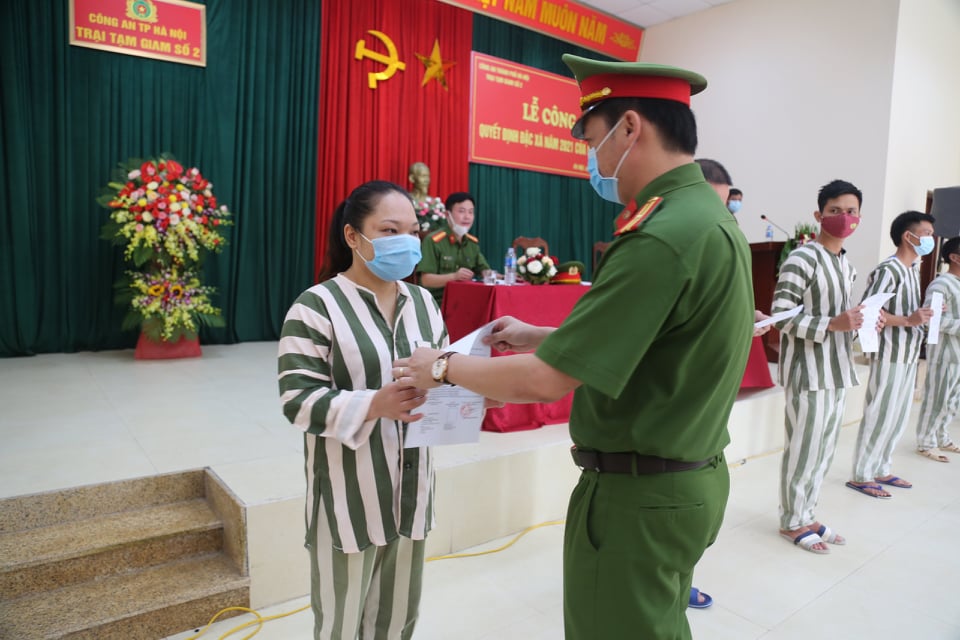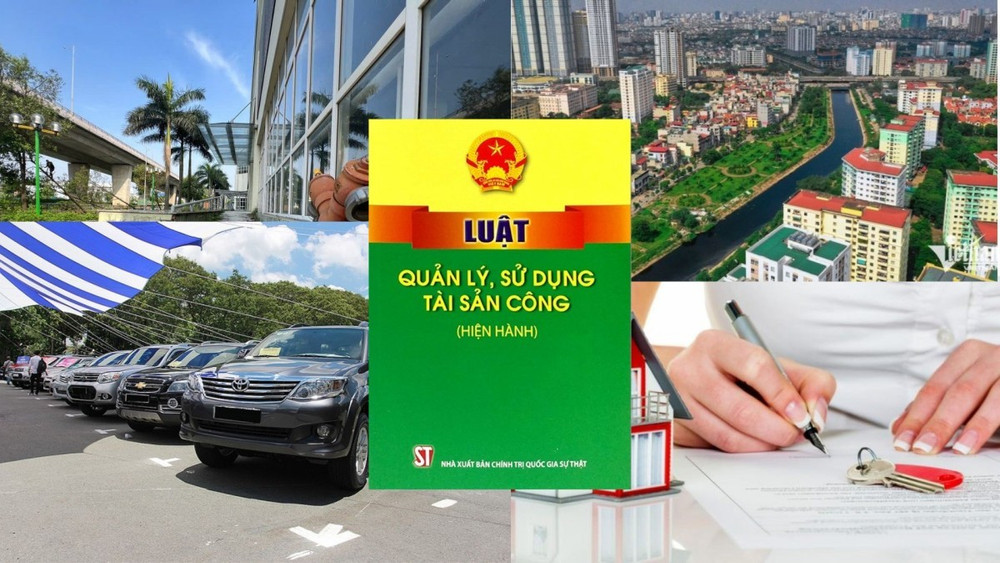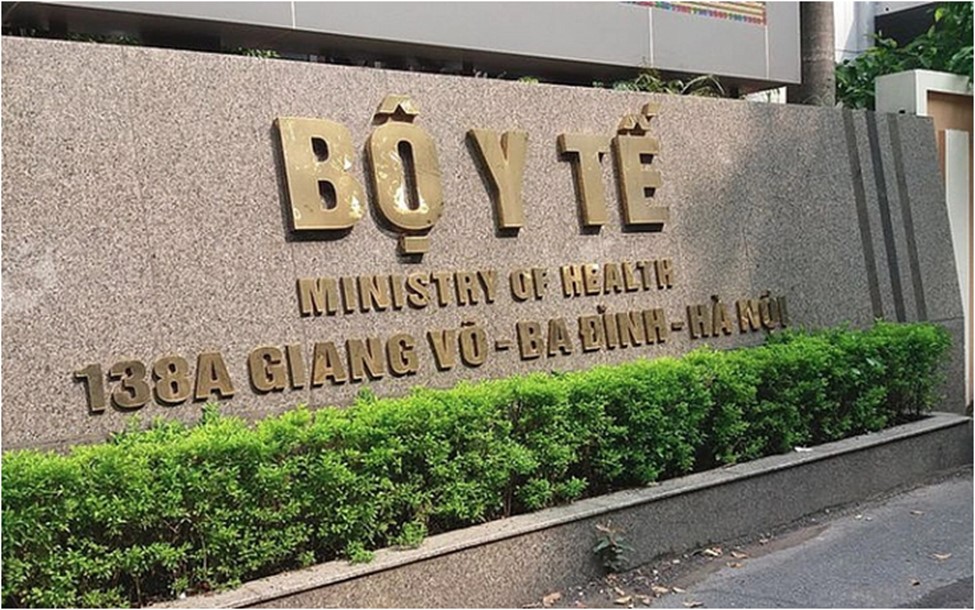Principles and criteria for allocation of land use quotas in Vietnam
Principles and criteria for allocation of land use quotas in Vietnam are stipulated under Decree 102/2024/ND-CP.

Principles and criteria for allocation of land use quotas in Vietnam (Internet image)
1. Principles and criteria for allocation of land use quotas in Vietnam
The principles and criteria for allocation of land use quotas in Vietnam according to Article 22 of Decree 102/2024/ND-CP are as follows:
* Principles for Allocating land use quotas
- The allocation of land use quotas ensures the land use needs of sectors and fields, in line with the land potential of localities; optimizes the effectiveness of land resources to achieve socio-economic development goals; ensures national defense, security; environmental protection, disaster prevention, and climate change adaptation;
- Ensures compatibility with the land use orientation in the national comprehensive planning, national land use planning, and related national sectoral planning;
- The allocation of land use quotas ensures suitability with the land conditions, investment resources, labor, and technical infrastructure of each locality;
- Prioritizes land funds to meet the requirement of synchronous infrastructure system development, ensuring inter-sectoral and inter-regional spatial connection, economic corridors, and national development driving zones; land funds to meet the development needs of education, healthcare, social, cultural, sports, social housing, housing for the armed forces;
- The allocation of planning and land use plan targets is based on the evaluation of previous planning and land use plan implementation results or urban planning results for areas not requiring land use planning, land use direction for the next phase.
* Criteria for Allocating National land use quotas to Localities
- For rice cultivation land, it is determined based on current status, land use change, the implementation results of previous land use planning targets; socio-economic development orientation in line with the potential and advantages of each locality; ensuring to maintain rice cultivation land in high-yield, high-quality areas; areas with land potential and advantages for rice cultivation; needs to convert rice cultivation land to non-agricultural and other purposes;
- For protection forest land, special-use forest land, production forest land which are natural forests, it is determined based on national forestry planning, forestry development strategy, environmental protection planning, and comprehensive biodiversity conservation planning; current status, land use change, the implementation results of previous forestry land use planning targets; capacity, resources to exploit unused land funds for forestry purposes (new plantation, regeneration); needs to convert forestry land to non-agricultural and other purposes;
- For defense land, security land, it is determined based on current defense land use, security land use status; land use needs to ensure national defense, national security objectives; defense land, security land use quotas decided by the National Assembly; defense land use needs proposed by the Ministry of Defense, security land use needs proposed by the Ministry of Public Security for each locality.
* Criteria for Allocating Land Use Planning Targets at Provincial Level to District Level
- For rice cultivation land, other annual crop land: in addition to the criteria stipulated in point a, clause 2, Article 22 of Decree 102/2024/ND-CP, it is also determined based on the land use orientation in provincial planning; land use needs, agricultural land use structure shift ability in line with the socio-economic development situation of each locality;
- For protection forest land, special-use forest land, production forest land and perennial crop land: in addition to the criteria stipulated in point b, clause 2, Article 22 of Decree 102/2024/ND-CP, it is also determined based on the land use orientation in provincial planning; current status, advantages, potential, perennial crop development orientation associated with regional development chains, local advantages; forest coverage rate requirements;
- For defense land, security land: in addition to the criteria stipulated in point c, clause 2, Article 22 of Decree 102/2024/ND-CP, it is also determined based on the land use orientation in provincial planning; current defense land use, security land use status, land use needs, ability to allocate land funds for defense, security purposes of the locality in line with approved defense land use planning, security land use planning;
- For concentrated livestock land, it is determined based on the current status, land use change; the implementation results of previous land use planning targets; land use orientation in provincial planning; livestock development strategy; safe livestock production area development project; land use needs for concentrated livestock development;
- For aquaculture land, it is determined based on the current status, land use change; the implementation results of previous land use planning targets; land use orientation in provincial planning; fisheries protection and exploitation planning; land potential and advantages for aquaculture; land use needs for aquaculture;
- For salt production land, it is determined based on the current status, land use change; the implementation results of previous land use planning targets; land use orientation in provincial planning; salt industry development project; salt production land use needs;
- For homestead land in rural areas and urban areas, it is determined based on the national housing development strategy, housing development programs as stipulated by housing law; current urban homestead land use, rural homestead land use status; land use quotas; construction standards; land allocation limits; population scale forecasts, urbanization speed; real estate market development; the implementation results of previous land use planning targets; land use orientation in provincial planning; urban and rural development orientation suitable to the potential and advantages of each locality;
- For office construction land, it is determined based on the current status, land use change; land use needs, the implementation results of previous land use planning targets; land use orientation in provincial planning; land use quotas; sectoral orientation and planning; national technical standards for construction planning, urban planning;
- For land for public service construction, it is determined based on the current status, land use change; land use needs, the implementation results of previous land use planning targets; land use orientation in provincial planning; land use quotas; sectoral orientation and planning, national technical standards for construction planning;
- For industrial park land, it is determined based on the current status, land use change, the implementation results of previous land use planning targets; land use orientation in provincial planning; industrial development needs and capacity; industrial park filling rate as stipulated by the law on industrial parks;
- For industrial cluster land, it is determined based on the current status, land use change; land use needs, the implementation results of previous land use planning targets; industrial cluster development orientation; land use orientation in provincial planning; development needs, potential, industrial cluster filling rate;
- For land for mineral activities, it is determined based on the current status, land use change; land use needs, the implementation results of previous land use planning targets; land use orientation in provincial planning; mineral strategy and planning; protection, exploration, exploitation, and utilization of mineral plans;
- For commercial land, non-agricultural production establishment land, it is determined based on the current status, land use change; land use needs, the implementation results of previous land use planning targets; land use orientation in provincial planning; national technical standards for construction planning;
- For land for public purposes, it is determined based on the current status, land use change; the implementation results of previous land use planning targets; land use orientation in provincial planning; national technical standards for construction planning, construction classification as stipulated by sector-specific laws; land use quotas as stipulated by land law and sector-specific laws;
- For religious land, belief land, cemetery land, funeral home land, cremation facility land, and ash storage land, it is determined based on the current status, land use change; the implementation results of previous land use planning targets; land use orientation in provincial planning; land use quotas as stipulated by land law and sector-specific laws;
- For land with specialized water surface, other non-agricultural land, it is determined based on the current status, land use change; land use needs, the implementation results of previous land use planning targets; land use orientation in provincial planning; related sector-specific laws, standards, and norms for constructions associated with water surface use, civil constructions; potential exploitation for aquaculture, hydropower, irrigation purposes; national defense, security, disaster prevention, and climate change adaptation requirements.
2. Regulations on receipt of land use rights in areas with limited access to land in Vietnam
The regulations on receipt of land use rights in areas with limited access to land in Vietnam according to Article 10 of Decree 102/2024/ND-CP are as follows:
- Restricted access areas are areas in border communes, wards, commune-level towns; coastal communes, wards, commune-level towns; islands; other areas affecting national defense, security as stipulated by investment law and housing law in Vietnam.
- For investment projects using land by foreign-invested economic organizations, overseas Vietnamese requesting land allocation, land lease from the State in restricted access areas, opinions must be obtained from the Ministry of Defense and the Ministry of Public Security. The procedure for obtaining opinions from the Ministry of Defense and the Ministry of Public Security complies with investment law in Vietnam.
- In cases where foreign-invested economic organizations, overseas Vietnamese acquire land use rights as stipulated in point c, clause 1, Article 28 of the Land Law 2024, foreign-invested economic organizations receive capital contribution by land use rights as stipulated in point d, clause 1, Article 28 of the Land Law 2024 to implement investment projects in restricted access areas, opinions of the Ministry of Defense, the Ministry of Public Security must be obtained as follows:
+ The party acquiring land use rights, receiving capital contribution by land use rights submits a written request to the provincial People's Committee where the land is located to approve the acquisition or capital contribution in restricted access areas;
+ Within no more than 05 working days from the receipt of the written request, the provincial People's Committee sends a document seeking opinions from the Ministry of Defense and the Ministry of Public Security;
+ Within no more than 20 days from the receipt of the opinion-seeking document, the Ministry of Defense, the Ministry of Public Security provides a written opinion to the provincial People's Committee.
- The procedure for land allocation, land lease, land use rights acquisition, capital contribution by land use rights is carried out as stipulated in Decree 102/2024/ND-CP and the Decree regulating basic land investigation; registration, issuance of land use rights certificates, asset ownership rights attached to land, and land information systems.
- Key word:
- land use quota
- Vietnam
- Cases of land rent exemption and reduction under the latest regulations in Vietnam
- Economic infrastructure and social infrastructure system in Thu Duc City, Ho Chi Minh City
- Regulations on ordination with foreign elements in religious organizations in Vietnam
- Increase land compensation prices in Vietnam from January 1, 2026
- Determination of land compensation levels for damage during land requisition process in Vietnam
- Who is permitted to purchase social housing according to latest regulations in Vietnam?
-

- Number of deputy directors of departments in Vietnam ...
- 15:04, 05/03/2025
-

- Cases ineligible for pardon in Vietnam in 2025
- 14:43, 05/03/2025
-

- Decree 50/2025 amending Decree 151/2017 on the ...
- 12:00, 05/03/2025
-

- Circular 07/2025 amending Circular 02/2022 on ...
- 11:30, 05/03/2025
-

- Adjustment to the organizational structure of ...
- 10:34, 05/03/2025
-

- Notable new policies of Vietnam effective as of ...
- 16:26, 11/04/2025
-
.Medium.png)
- Notable documents of Vietnam in the previous week ...
- 16:21, 11/04/2025
-
.Medium.png)
- Notable documents of Vietnam in the previous week ...
- 16:11, 02/04/2025
-
.Medium.png)
- Notable new policies of Vietnam to be effective ...
- 16:04, 02/04/2025
-
.Medium.png)
- Notable new policies of Vietnam effective from ...
- 14:51, 21/03/2025

 Article table of contents
Article table of contents
